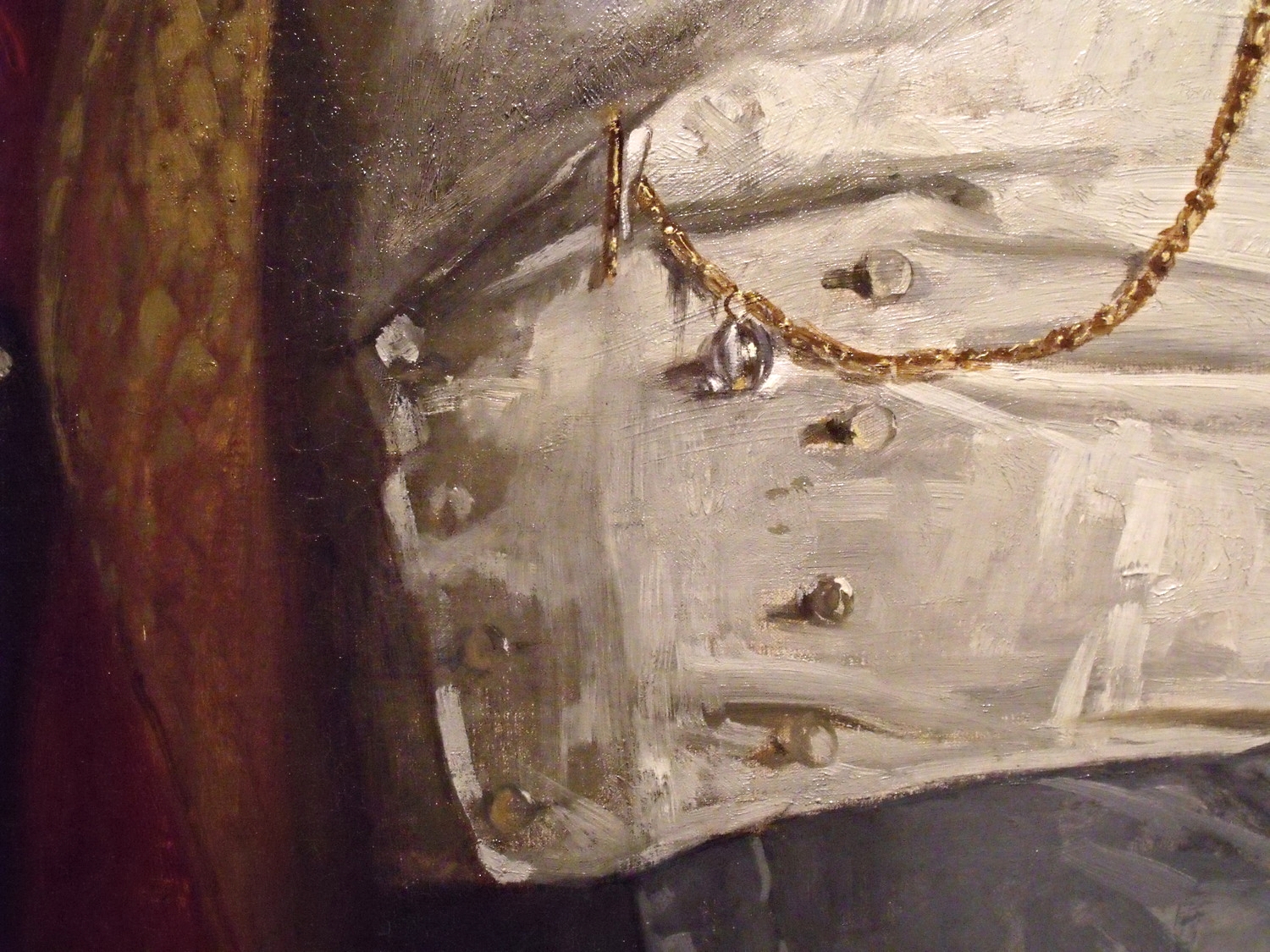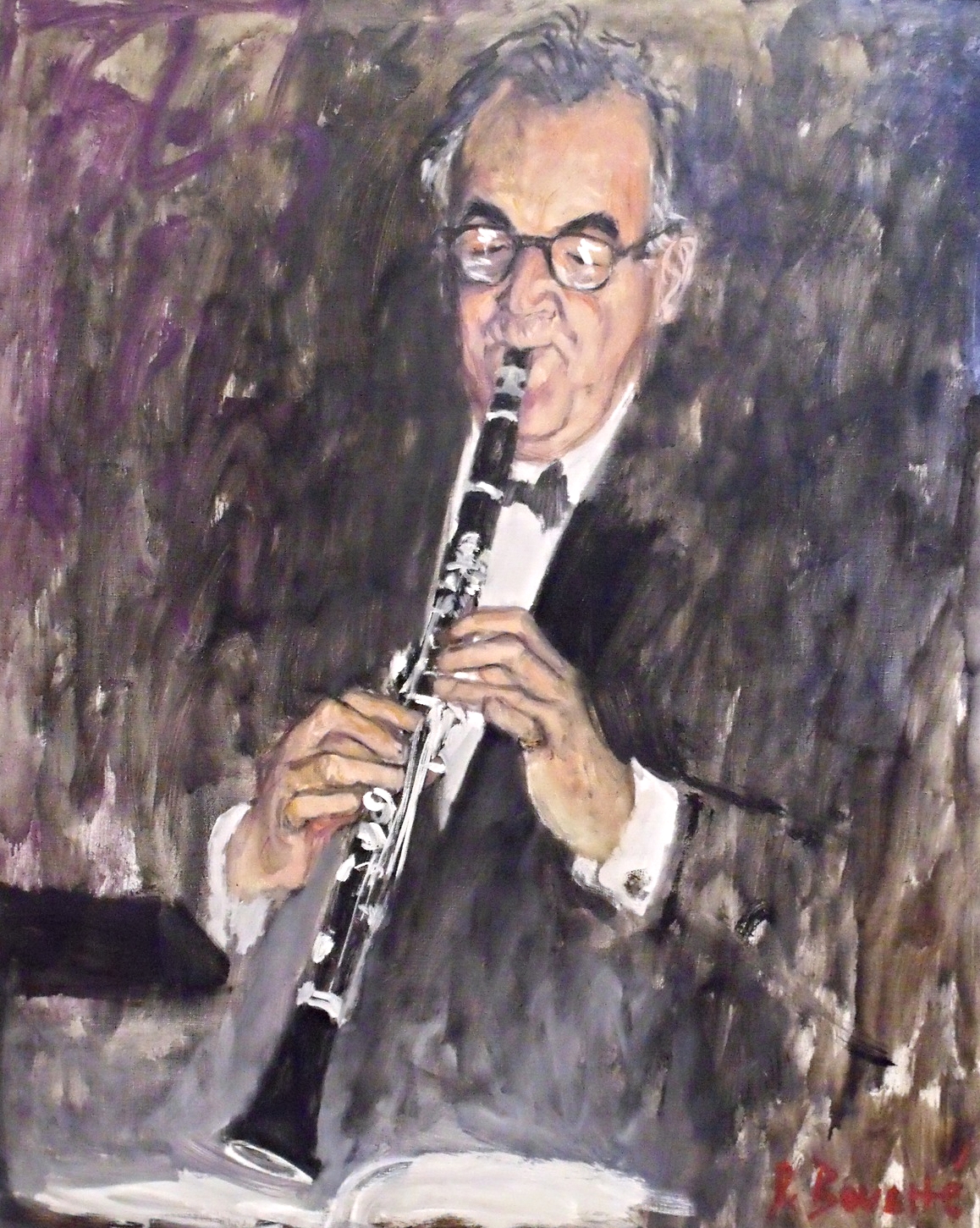Ooops! I never posted the photos I took last year from the National Portrait Gallery of Thayer's works. They were some of my favorites in the collection, not so much because of the subject, but because of his ingenuitive approach to paint application and his strong compositions.
I don't have a whole lot of commentary to offer on these, just that you should note that the paintings get their strength from the abstract way he placed the paint. This guy was not drawing with a tiny brush, and in fact there is a story about him once using a broom to paint a large stone. Enjoy!
Detail of boy on right's leg.
For more info on Thayer and his involvement in the design of camouflage here's an article from Smithsonian Magazine.









































